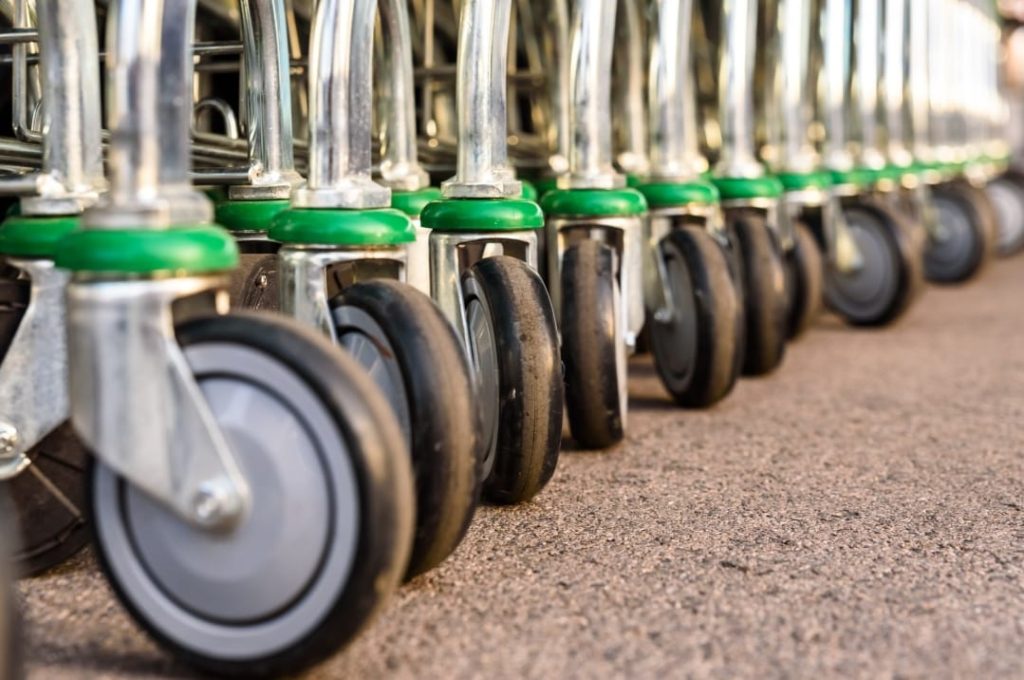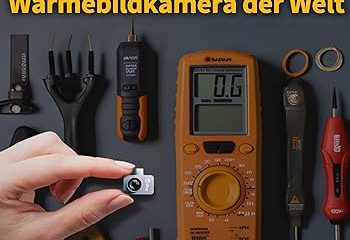Many industries benefit from the use of heavy-duty casters. These specialized wheels can support and transport large loads without difficulty, making them ideal for companies that wish to increase load sizes without increasing the risk of injuries. Manufacturers and logistics providers often turn to these casters as do material handling and aerospace organizations.
The aerospace industry turns to Caster Concepts for help with finding the right products for various applications. The casters allow for the efficient movement of aircraft parts and ground support equipment. They are also used during the manufacturing phase of operations and in maintenance and repair processes. How do companies use them in the different parts of operation?
Manufacturing and Assembly
Regular casters cannot handle the weight of large, heavy aircraft parts, which is why heavy-duty versions are needed. They can carry the weight of wings, engines, fuselage sections, and more wherever they need to go within the manufacturing plant. The Boeing 777 aircraft uses a GE90 engine that weighs 19,300 pounds, demonstrating the need for specialty casters that won’t fail during use.
While casters of lower quality might be used, workers often find they struggle to move the items. The casters won’t move smoothly and precisely, so they must fight to get the aircraft components where they need to go. This leads to a decline in productivity, unhappy workers, and more. When used with specialized platforms, dollies, and trailers, the casters make it easy for employees to position and align the aircraft parts properly.

Ground Support Equipment
Ground support equipment simplifies normal airport and maintenance hangar tasks. Without heavy-duty casters, this equipment could not do so easily. These casters are often found on baggage carts, maintenance stands, tooling carts, and aircraft tugs to transport heavy loads effortlessly. Thanks to the high load-bearing capacity of the casters and their durable construction, the equipment is reliable and stable. Workers feel confident when transporting equipment around aircraft or when they must work in tight spaces.
Tooling and Maintenance
Every aircraft must be maintained regularly and repaired at times to ensure its safe operation. Workers use many items to complete these tasks, including specialized equipment carts, workstations, and toolboxes. With the addition of heavy-duty casters, the items will perform better, so workers can do more in less time. They use the carts, workstations, and toolboxes to carry their tools and equipment to the aircraft rather than trying to do so manually. This equipment allows them to complete the maintenance and repair tasks quickly and efficiently. Thanks to the swivel capabilities of the heavy-duty casters, the workers can maneuver in tight spaces.
Additional Industrial Applications
The aerospace industry isn’t the only place one heavy-duty casters are of benefit. Any company that must move machinery, equipment, or subassemblies will find it benefits from an investment in heavy-duty casters. As they make it easy to move heavy loads in a controlled manner, companies recognize they save money by making this investment. The risk of damage decreases while the overall efficiency of the manufacturing process improves. Many specialized trolleys, carts, and platforms used in manufacturing processes rely on these casters today, as they offer so many benefits.
Manufacturing plants aren’t alone when it comes to depending on these casters. Warehouses, distribution centers, and logistics facilities often use them as well. They are helpful when moving and positioning pallets, containers, industrial racks, and other heavy loads. Workers can easily maneuver and transport goods even in tight conditions, improving the overall productivity of the warehouse, distribution center, or logistics facility. Worker injuries decrease when a company makes the move to heavy-duty casters and uses them on forklifts, pallet jacks, and other equipment designed to handle materials.
Construction and industrial companies also need to consider moving to heavy-duty casters. They can move more than aircraft components. The casters are beneficial when transporting compressors, scaffolding, generators, and many other items on construction sites. Industrial plant owners, such as those who operate a foundry or steel mill, will also find the casters allow them to move large and heavy equipment quickly and easily.
Heavy-Duty Caster Features
What makes heavy-duty casters different from casters used for other purposes? These casters have been created specifically to carry heavy loads, including items that weigh tens of thousands of pounds. Work with a reputable caster supplier to find the right caster for the specific application.
Manufacturers use high-strength materials, including cast iron and forged steel, when creating these casters. These materials ensure the casters can withstand the rigors of industrial environments without failing prematurely. Organizations may choose between swivel and rigid casters, depending on the unique needs of the application. Swivel casters allow for movement in different directions. However, the company might find rigid casters serve as the better option because they are more stable and allow for straight-line movement. Furthermore, rigid casters tend to be stronger than their swivel counterparts.
Today, manufacturers often build shock-absorbing mechanisms into their heavy-duty casters. Polyurethane and rubber treads remain popular options but all shock absorbers are designed to minimize vibrations that could harm sensitive equipment or components as parts are moved within the facility. This feature helps companies save money, as they won’t be replacing damaged equipment or components as often.
Workers must be able to stop trollies, platforms, and other transport tools from moving when they need them to remain stationary. Many heavy-duty casters now have braking systems incorporated into their designs for extra safety and control. The braking systems are usually hand or foot-operated.
Certain environments can harm regular casters. The casters might be exposed to moisture, chemicals, and other harsh conditions. Heavy-duty caster manufacturers recognize this and offer casters with protective finishes and those made from corrosion-resistant materials, so they last longer in these environments.
Heavy-duty casters are not designed for personal use. They benefit industries that frequently transport heavy loads, such as the aerospace and construction industries. With the use of these casters, companies find they increase overall productivity while improving worker safety. Operation efficiency gains are seen when a company moves to heavy-duty casters, making them indispensable in countless industries today.




